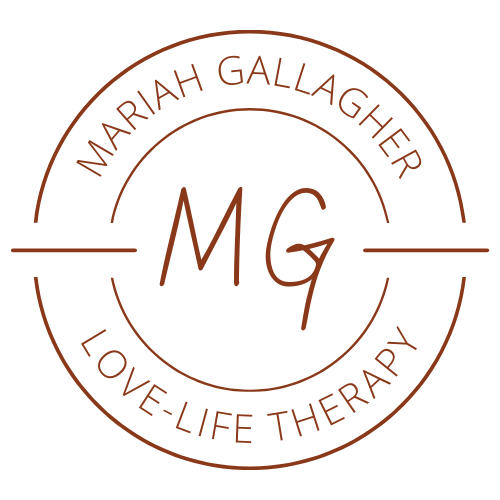Transcending Trauma: A Journey Inside An EMDR Session
Have you ever wondered what happens during an EMDR therapy session? Here I’ll share a hypothetical firsthand experience undergoing this transformative therapy. This account aims to offer a personal and relatable perspective on what an EMDR therapy session might feel like for an individual. It highlights the emotional intensity, the gradual resolution, and the sense of empowerment that can accompany the process. Let’s go!
Setting the scene and securing the space:
Entering the virtual therapy room, I’m assured that this will be a safe haven where healing is the priority. My therapist explains the process, ensuring I understand what to expect, and then I’m asked to “secure my space” - this means making sure I have everything I need for our session… a comfortable seat, a drink or tissues nearby, a cozy blanket, a candle, and all outside distractions set to do not disturb. Really, anything I may need to feel safe and secure.
Getting started:
We begin by identifying a specific belief I want to work on. It's a daunting but necessary step. I come up with some pretty negative beliefs about myself which I usually try hard to suppress, and we choose one to focus on. My therapist guides me through various techniques to ground myself—a reminder that I'm safe in the present moment. Then I’m invited to “float back” in my mind to the earliest memory I have about this belief. I know we are trying to find an origin point that is as far back as possible. I remember being very young and feeling confused and sad about this belief.
Dive into the memory:
As I delve into the chosen memory, my therapist initiates “bilateral stimulation.” For me, it’s a series of eye movements, but other options are provided such as tapping on my body or listening to specific sounds controlled by the therapist. I recount the memory while focusing on the bilateral stimulation of choice, following a spot on the screen back and forth for several seconds. Emotions stir, but I feel supported and anchored by the therapist's presence.
Unraveling the emotions:
Unexpectedly, vivid emotions and sensations flood in. I'm re-experiencing the memory, feeling the fear, the hurt, and the pain. It’s intense, but my therapist reassures me to observe and let the emotions flow. I feel safe to do so, but I also know I can ask to stop if I need to.
Riding the waves:
The bilateral stimulation continues. Strangely, I start noticing shifts in how I perceive the memory. I trust that my brain is guiding me toward healing. It’s like I’m viewing this memory from a distance, the emotions losing their grip. The therapist checks in, guiding me to explore any new thoughts or feelings that might be surfacing. She invites me to use resources and mindfulness techniques we’ve developed together prior to this session. I feel extremely stabilized and in control with her here and with my resources at the ready.
Finding resolution:
Gradually, the intensity subsides. I feel lighter, as if a weight has been lifted. The memory remains, but its emotional charge has softened. It's no longer a source of overwhelming distress. Somehow, I am able to see it and experience it with less fear and hurt attached to it.
Reflecting:
As the session ends, I'm filled with a mix of emotions—relief, curiosity, and a glimmer of hope. My therapist helps me ground myself in the present, ensuring I leave feeling stable and supported.
Afterthoughts:
The session was emotionally intense yet remarkably cathartic. The therapist's guidance and the EMDR process allowed me to revisit a painful memory without being consumed by it. Instead, I came out feeling a sense of empowerment—I confronted the past, but it no longer controlled me. I am reminded that my brain will likely continue to process and heal for several hours or days after the session, so self care and rest are key!

